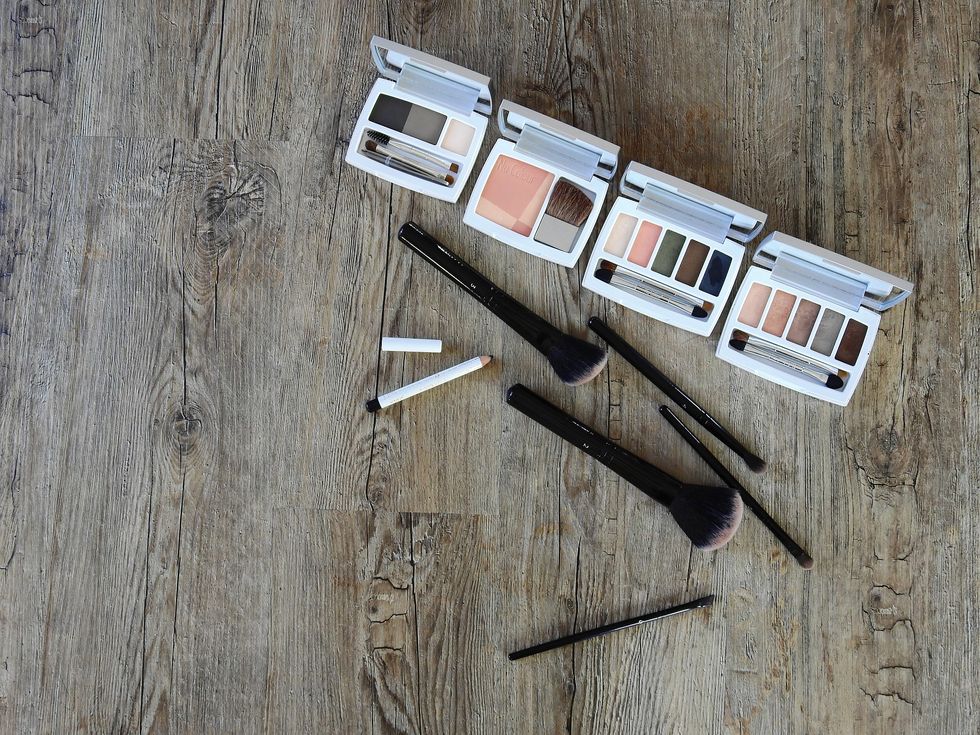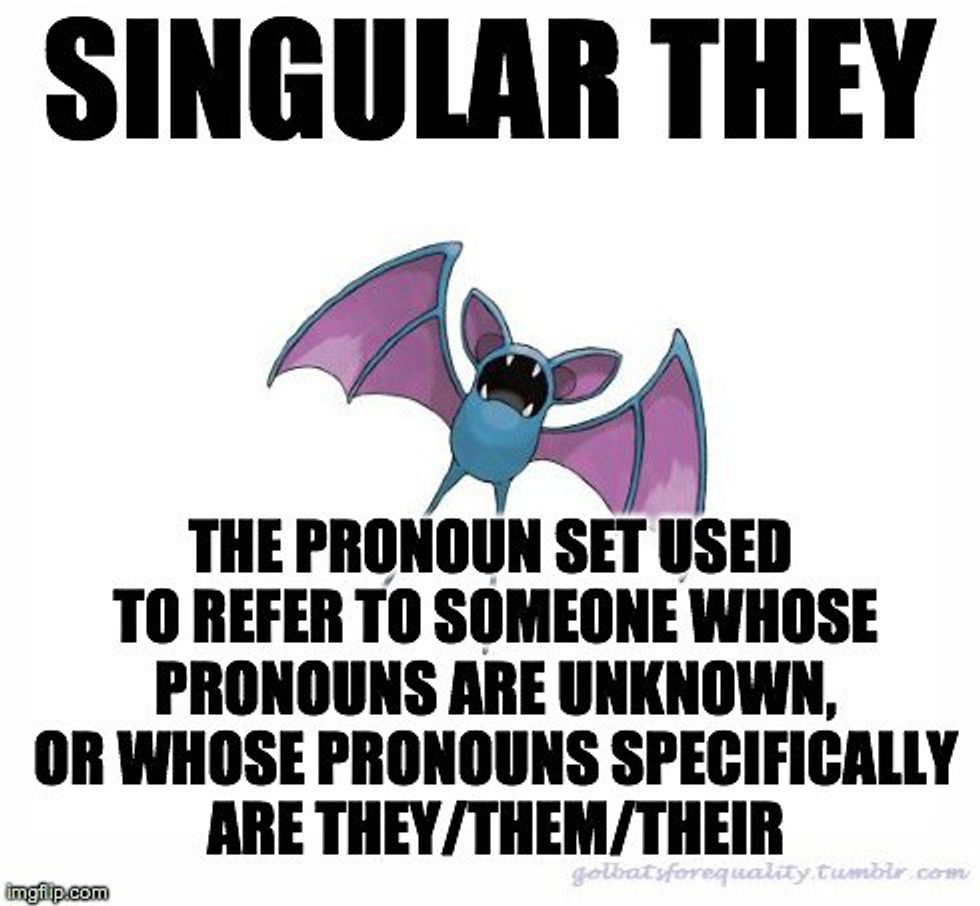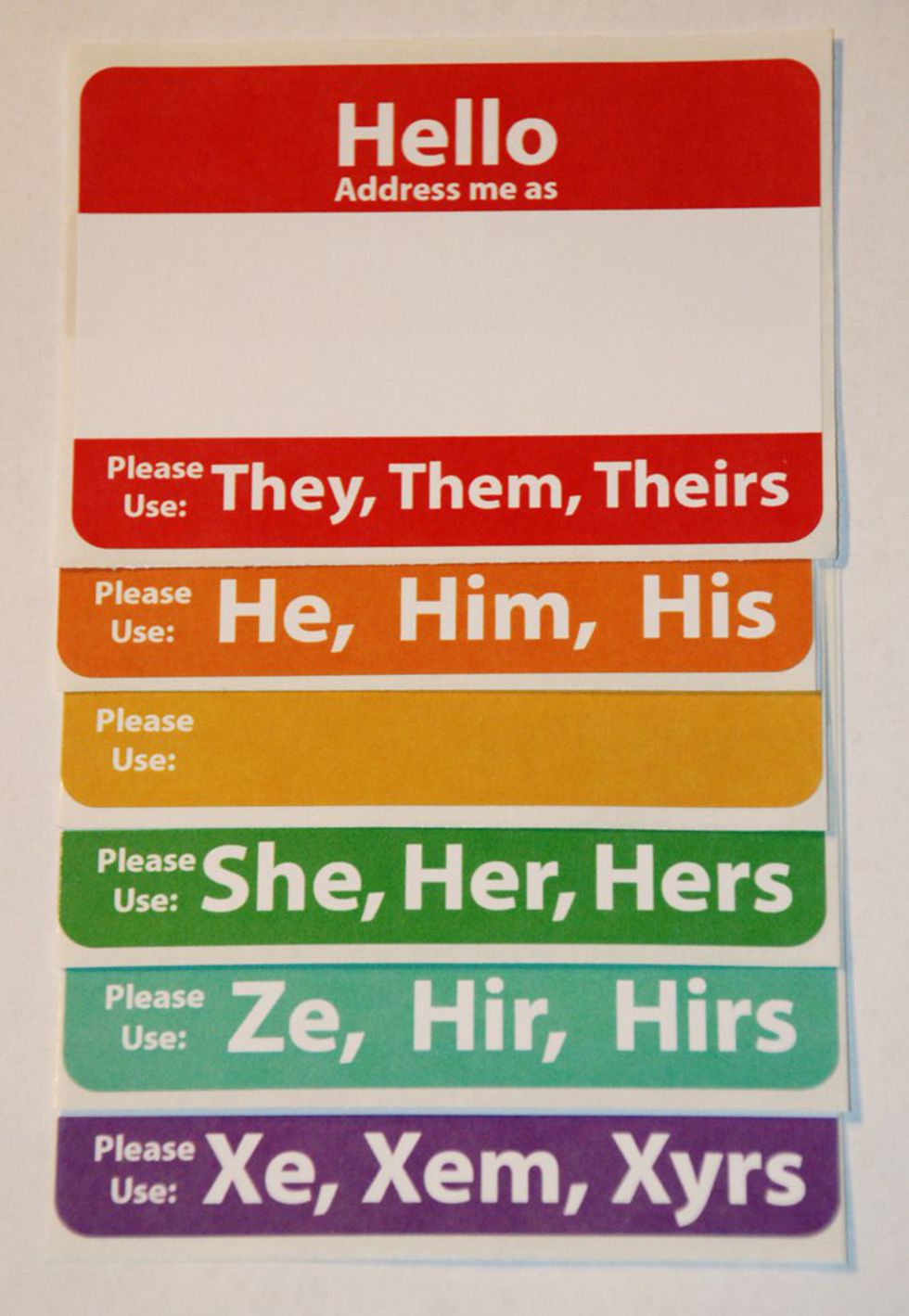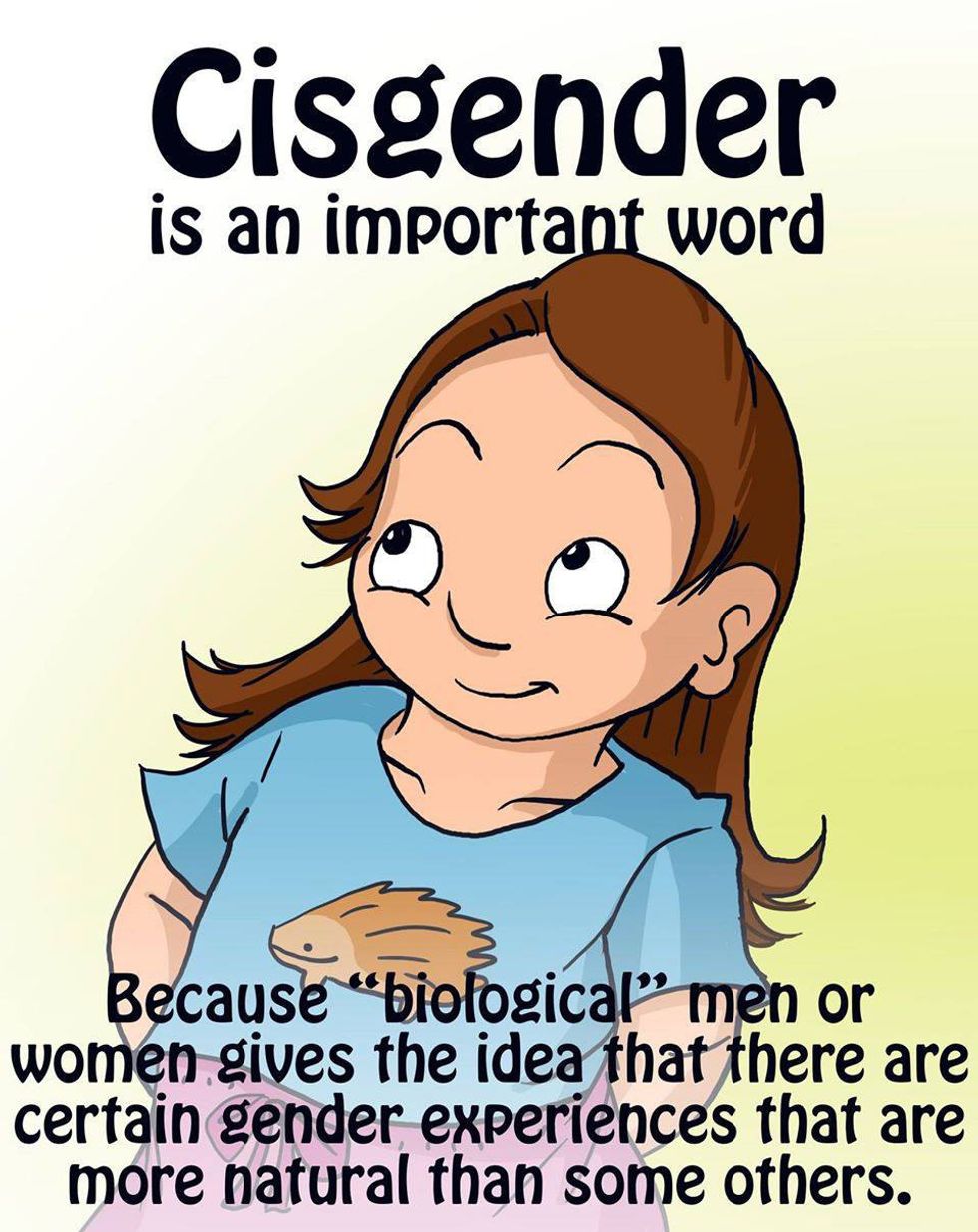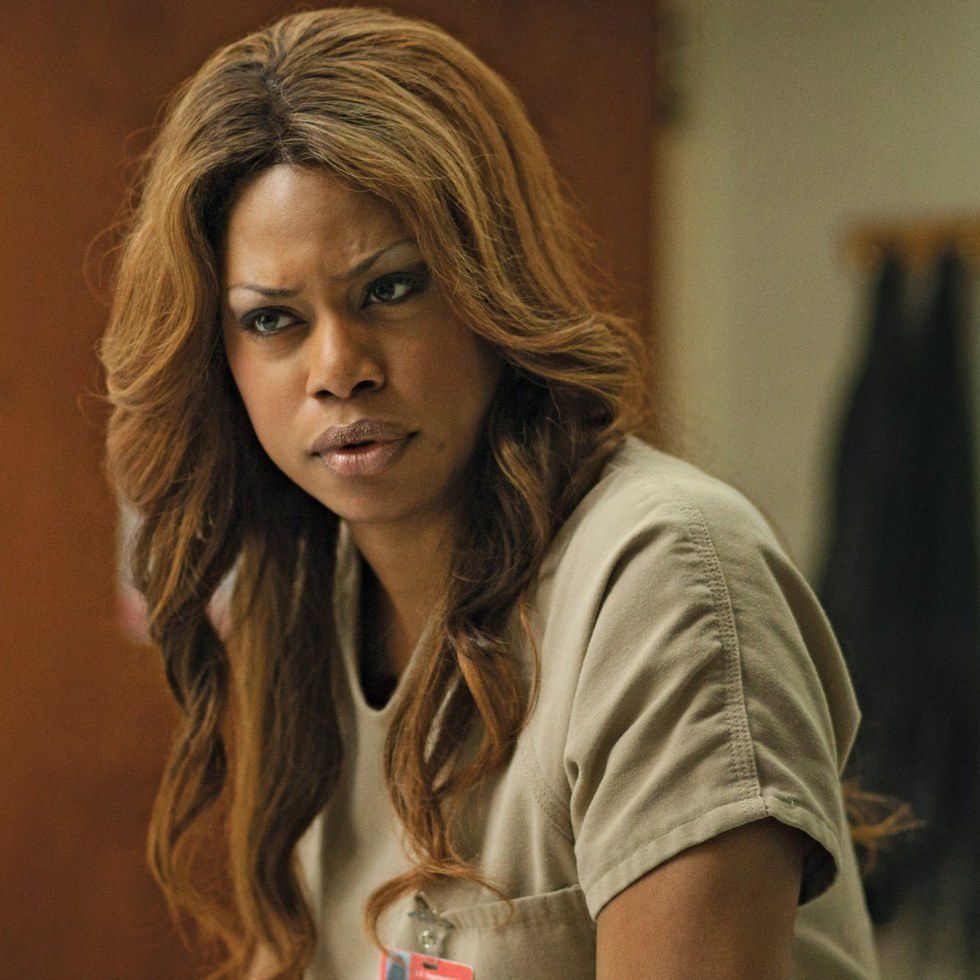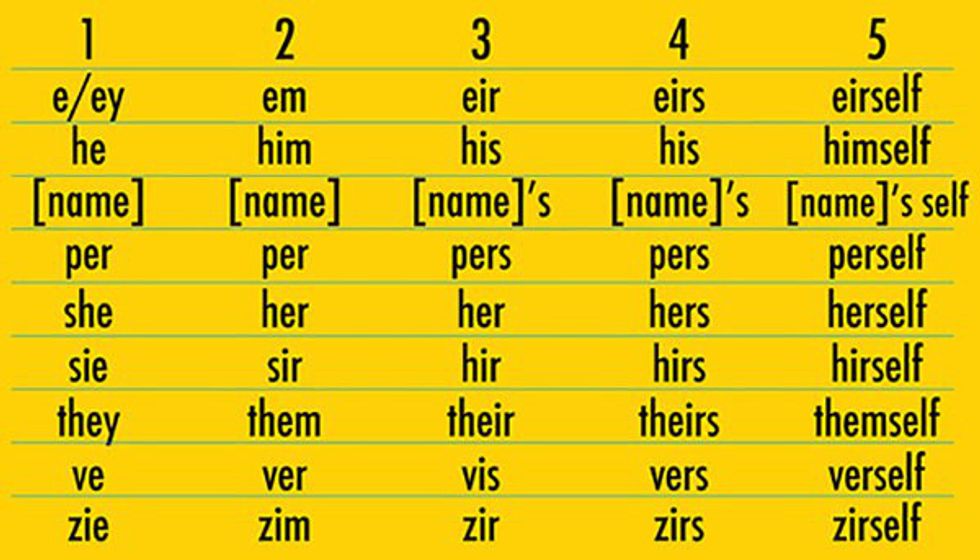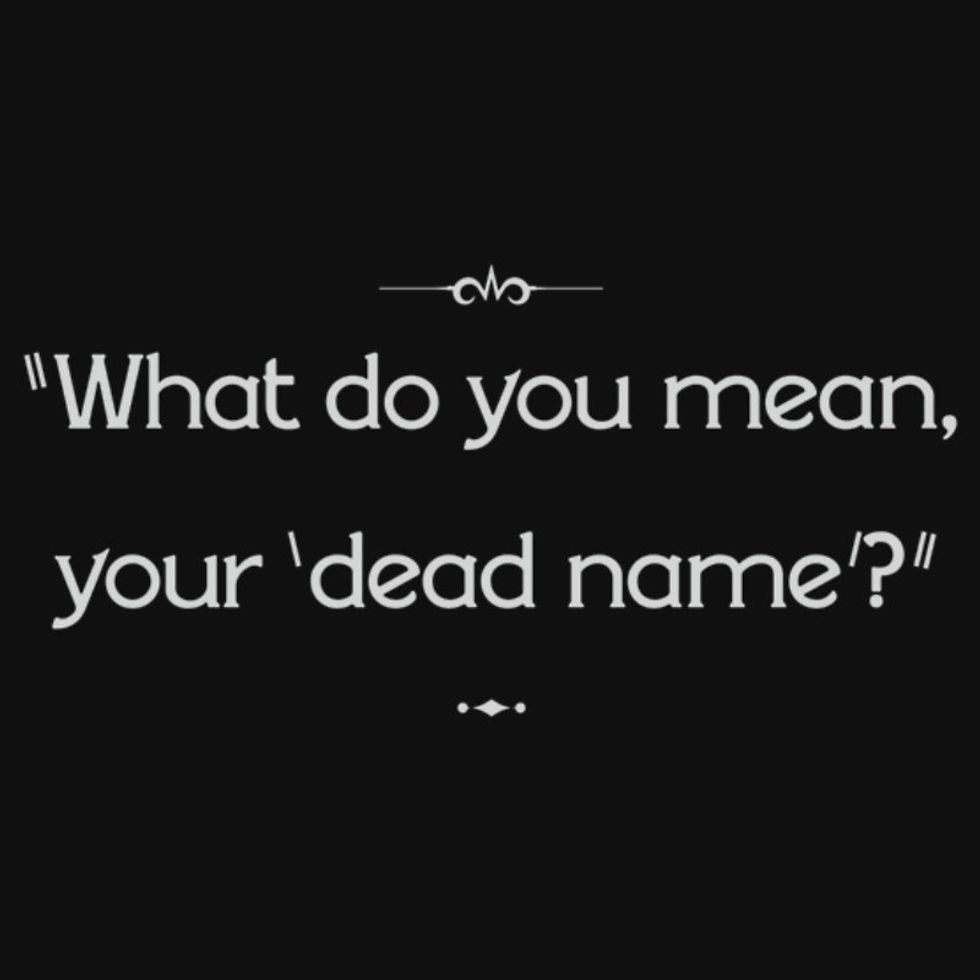Beauty trends can often be viewed as indicative of societal shifts; they always have and continue to bring with them an expression of the state of the culture around us. Most importantly beauty trends have close ties, whether negative or positive, with race, ethnicity and culture. They are seen as interpreters, not creators, of the ethnic and cultural assumptions in their societies. It's not news that different races look different, but it is due to this that what is considered ‘beautiful’ has such great implications on the globalization of beauty.
The world has reached a unique moment in the history of beauty and this is because the well-known quote, “Beauty is not one's own, but a reflection of one's culture,” may no longer be true. Not because beauty no longer reflects culture, it most certainly does, but because of the globalization of beauty standards, one culture has established a monopoly of control over these standards. Here is an example, in a survey conducted by a student about the cultural implications of beauty she found the following:
“My survey asked, 'Do you know what the Western ideal of beauty is?' The answers to this question exemplified how strong culture is tied to our ideas, one Caucasian stated a natural looking glow, and big breasted, one Jewish stated straight-edge classic, and an Indian said white features- small nose that turns up, tall, thin and with few curves. They proceeded to give examples, like Gwyneth Paltrow, Pamela Anderson, and Kate Bosworth- all white, famous, affluent actresses. Based on these answers, one can state that all races feel a Western ideal of beauty- a white, slender, sensual figure. Although I knew the Western ideal to be what these women stated, I didn't think that two women would have written the same actress or felt the same characteristics to be the Western ideal. This further proves that regardless of our religion, ethnicity, and cultural background the Western notion of beauty will always be in our minds and is used as a comparison tool.”
There is obviously a reason that the globalization of beauty, which has arguably led to the homogenization of beauty ideals, has favored western standards above others. Imperialism is to blame, along with industrialization, and the wide spread of western television and social media, white beauty standards emerged as global ideals.
So this is how it all relates back to why the thick eyebrow trend bothers me.
Almost everyone over the age of 16 knows that beauty and thick eyebrows were not always considered to belong in the same category. In fact, up until very recently, it was thin, ‘white’ eyebrows that were considered the epitome of beauty, and brown women like myself were forced to pluck, tweeze, and shape our thicker eyebrows into submission, to fit this model of attractiveness.
Here’s how I witnessed the shift occur. Due to the globalization of the cultural ideals of beauty, such a shift could only happen if western civilization decided that it could. With models like Cara Delevingne and Lily Collins rocking their thick eyebrows on the runway, the definition of what was beautiful suddenly changed to not only include women with thicker eyebrows, but in fact, that became the superior look. That’s great- my thick eyebrowed sisters are finally getting the recognition they deserve. But here’s my point, why does it have to take some white western models to allow themselves to look a certain way before the rest of the world is allowed to look that way too? My brown, Middle Eastern and Latina sisters have always looked like that, so why wasn’t it beautiful then? Why were we forced to change ourselves until others would allow us to be ourselves?
An example of why this bothers me can be found in an excerpt from The Guardian:
“It is thanks to Delevingne – or Her Eyebrowness, as she is called in September’s Vogue – that young women everywhere now have a brow icon. The Delevingne brow sits low on the face, is long, extending towards hairline and nose, and darker than your hair. 'She brought brows to the masses, and it’s been so powerful,' says Bailey. 'They’re a bit oversized, but the way she has embraced them and made them a good thing has made women want natural brows.'
An English white woman is needed to tell the rest of us, who already had thick eyebrows, that they are now attractive to have, which is not acceptable. I’m sorry to break this to you but Cara Delevingne is not the woman that invented thick eyebrows; she is simply a white girl that has thicker eyebrows. The article goes on to address this in an all-too-wrong fashion:
"If the very English Delevingne is one face of brows, the general aesthetic could suggest there is a widening of the beauty ideal beyond blonde and Caucasian. As Delbar suggests, brow beauty has long been a focus in the Middle East. 'Threading and the heavy brow has heritage in the Asian and Arab communities where there isn’t really a history of the thin brow,' says Anna-Marie Solowij, beauty editor and co-founder of site Beautymart."
The widening of the beauty ideal beyond blonde and Caucasian which requires a blonde and Caucasian woman to start it should not be considered some revolutionary step in acceptance of cultures, apart from the white western ideal of beauty.
It all makes me wonder what is to come next. What other non-white feature which millions of women agonize about will suddenly become attractive when the western world decides its time? In retrospect, eyebrows are not the only example of this. In fact, this article could very well have been written about body types, as having ‘thicker’ bodies is now becoming attractive in the same western standard of attractiveness.
Curvy bodies are now considered attractive, but these same bodies "used to be slandered, tortured and placed in human zoos. Their lips were drawn on for black face. Now, white girls are getting bigger booties and bigger lips, tanning every week….all to look like black women….while diversification of beauty standards shows improvement in our society, those standards are still based on European ideals.”
The issue I’m talking about is not some one-time thing. What we’re beginning to see more and more of is the acceptance or ‘beautification’ of the features of colored women because these features are being seen on white women. Sure it's great that the definition of beauty is expanding, but the way and the reason that it is happening need to be acknowledged.

